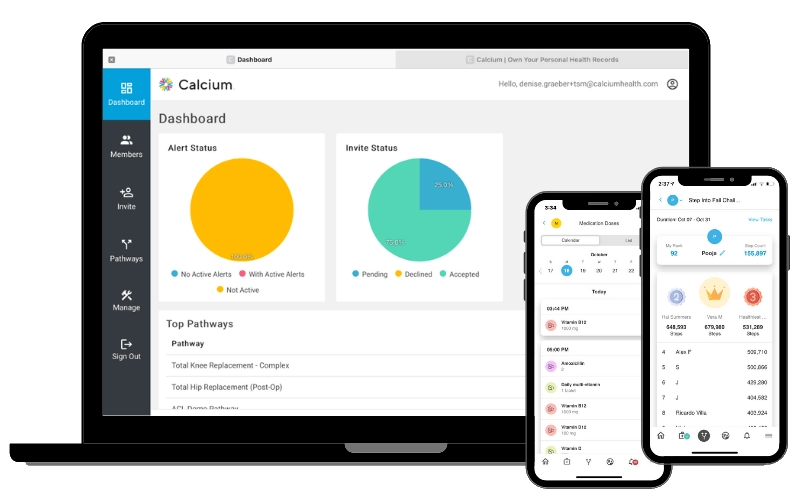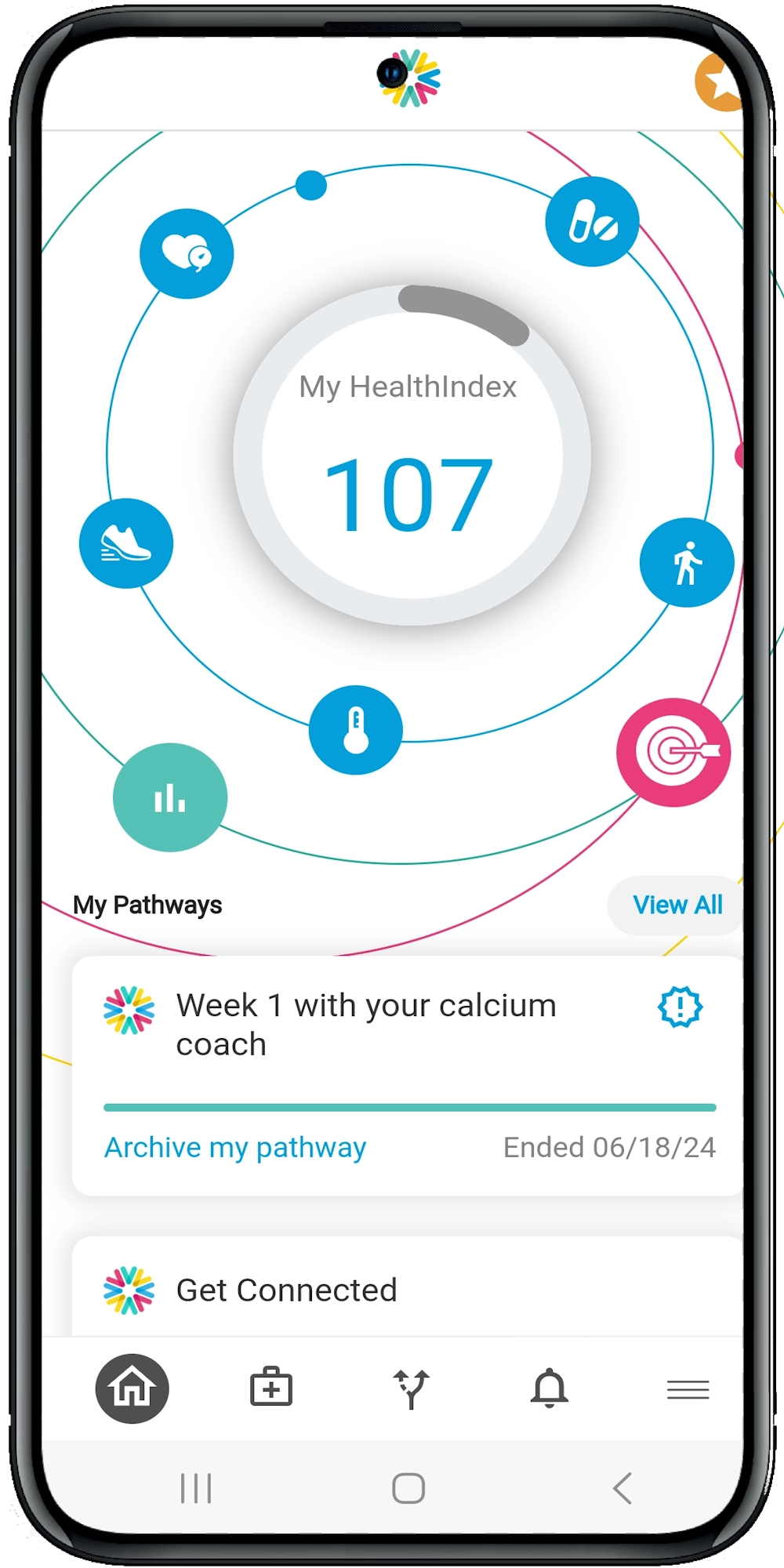Using Digital Health to Improve Dermatology Patient Satisfaction
Understanding the Role of Digital Health in Dermatology
Digital health encompasses a broad range of technologies designed to improve healthcare delivery and patient outcomes. These tools include telemedicine, mobile health apps, electronic health records (EHRs), and artificial intelligence (AI). For dermatology professionals, integrating these tools can streamline operations, enhance patient engagement, and ultimately, boost patient satisfaction.
Telemedicine: Bridging the Gap
Telemedicine is like having a dermatologist in your pocket. It allows patients to consult with their healthcare providers from the comfort of their homes. This is especially beneficial for those with mobility issues or those living in remote areas.
Benefits of Telemedicine in Dermatology:
- Convenience: Patients can schedule appointments without the need to travel.
- Accessibility: Increases access to dermatology care for underserved populations.
- Timeliness: Faster consultations can lead to quicker diagnosis and treatment.
Imagine a patient with psoriasis who needs regular check-ups. Instead of taking time off work for each visit, they can now have a virtual consultation, saving time and reducing stress.
Mobile Health Apps: Empowering Patients
Mobile health apps are akin to having a personal dermatologist on call. These apps can track skin conditions, remind patients to take their medications, and even provide educational resources.
Key Features of Dermatology Mobile Apps:
- Symptom Tracking: Patients can log symptoms and flare-ups to share with their dermatologist.
- Medication Reminders: Alerts to take prescribed medications or apply topical treatments.
- Educational Content: Access to articles, videos, and tips on managing skin conditions.
For instance, a patient with eczema can use an app to monitor their skin’s condition, receive reminders to moisturize, and learn about triggers to avoid. This proactive management can lead to better outcomes and higher satisfaction.
Electronic Health Records (EHRs): Enhancing Communication
EHRs are the backbone of modern healthcare, acting like a digital filing cabinet. They store patient information in a centralized, easily accessible format, ensuring that all healthcare providers have the information they need at their fingertips.
Advantages of EHRs in Dermatology:
- Comprehensive Records: A complete history of a patient’s skin conditions, treatments, and outcomes.
- Improved Coordination: Seamless sharing of patient information among healthcare providers.
- Patient Access: Patients can view their records, test results, and treatment plans.
Consider a patient with a complex skin condition requiring input from multiple specialists. EHRs ensure that all providers are on the same page, reducing the risk of errors and improving the patient’s overall experience.
Artificial Intelligence (AI): Revolutionizing Diagnosis and Treatment
AI in dermatology is like having a second pair of expert eyes. Machine learning algorithms can analyze skin images to identify conditions with remarkable accuracy, often faster than a human can.
AI Applications in Dermatology:
- Image Analysis: AI can detect skin cancer, acne, and other conditions from photos.
- Predictive Analytics: Forecasting flare-ups and treatment responses based on patient data.
- Personalized Treatment: Tailoring treatment plans based on individual patient profiles.
Imagine a patient worried about a new mole. Using an AI-powered app, they can take a photo and receive an instant preliminary analysis, providing peace of mind or prompting a timely visit to the dermatologist.
Enhancing Patient Engagement and Satisfaction
Digital health tools not only improve the clinical aspects of dermatology but also enhance patient engagement. Engaged patients are more likely to adhere to treatment plans, attend follow-up appointments, and report higher satisfaction levels.
Strategies to Boost Patient Engagement:
- Interactive Platforms: Use patient portals that allow for direct communication with healthcare providers.
- Feedback Mechanisms: Implement surveys and feedback forms to understand patient needs and improve services.
- Educational Campaigns: Provide resources and workshops to educate patients about their conditions and treatments.
Think of digital health as a bridge connecting patients and providers, fostering a collaborative relationship that leads to better health outcomes and happier patients.
Summary and Suggestions
Digital health is revolutionizing dermatology, making it more accessible, efficient, and patient-centered. By leveraging telemedicine, mobile health apps, EHRs, and AI, healthcare providers can significantly enhance patient satisfaction. Ready to explore more? Check out our other resources or schedule a demo to see how our digital health platform can transform your practice.





